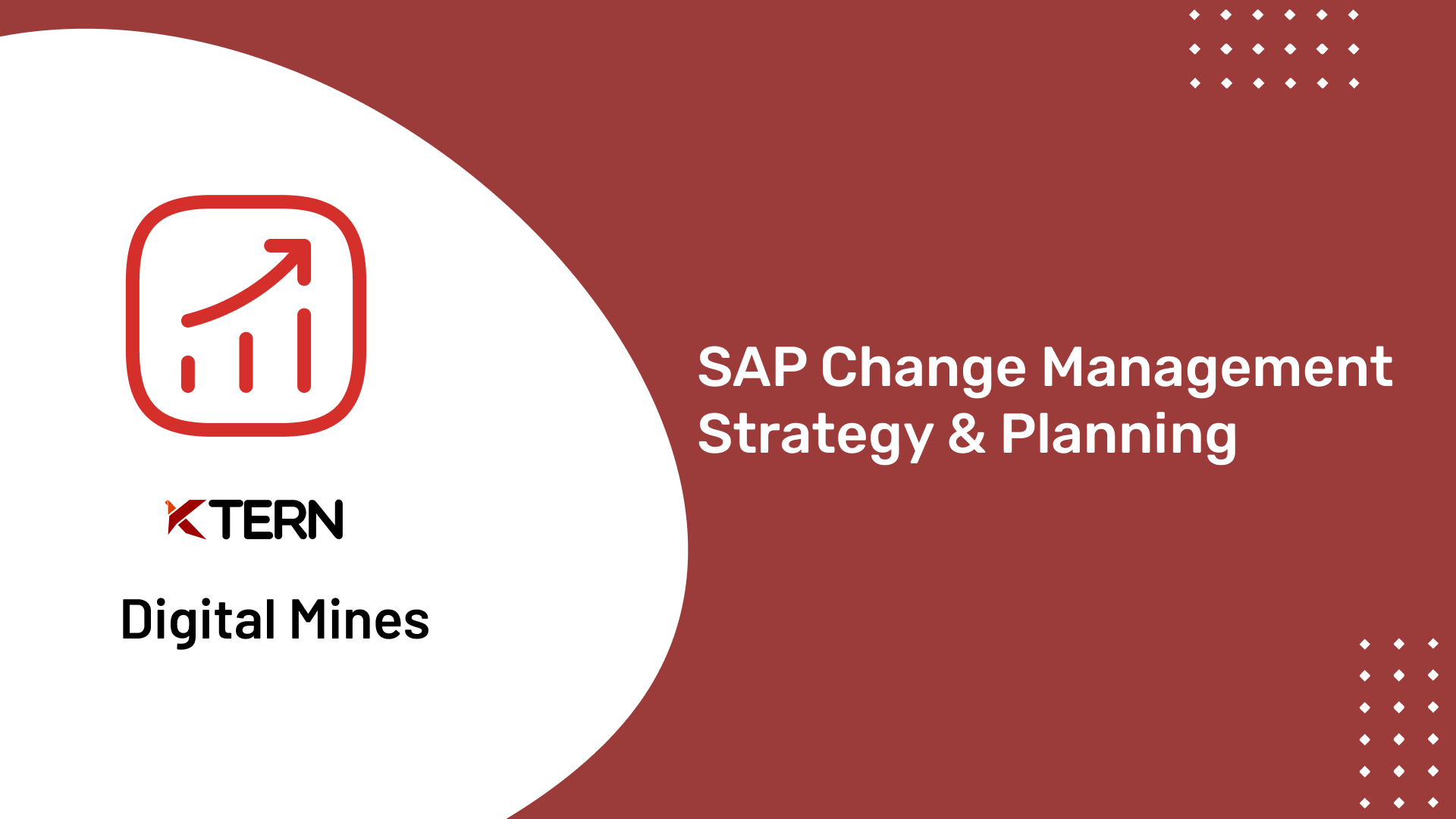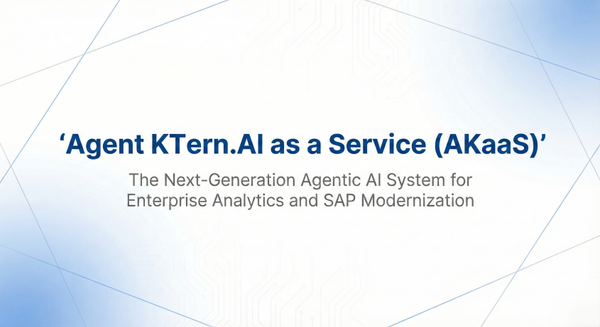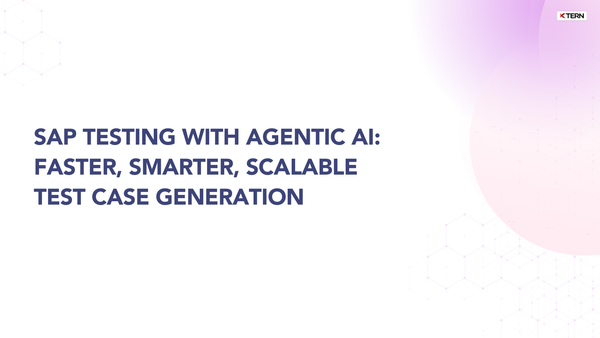Understanding SAP Change and Releases
Table of contents
- Managing SAP Change and Planning
- Strategic Planning
- Release Plan & Milestones
- Roles involved in SAP releases
- KTern's Role in Change Management
- KTern's Digital Mines analysis
- Next Steps
Managing SAP Change and Planning
Understanding the nature of releases and the type of release required based on the changes is very important before making the SAP Release Management or Change Management strategy. The different nature of changes are:
- Major Change
- Minor Change
- Operational Change
- Emergency Change
Types of Releases
The types of releases across the SAP system on whose basis the change management strategy is prepared:
- Major Release
- Minor Release
- Emergency Release
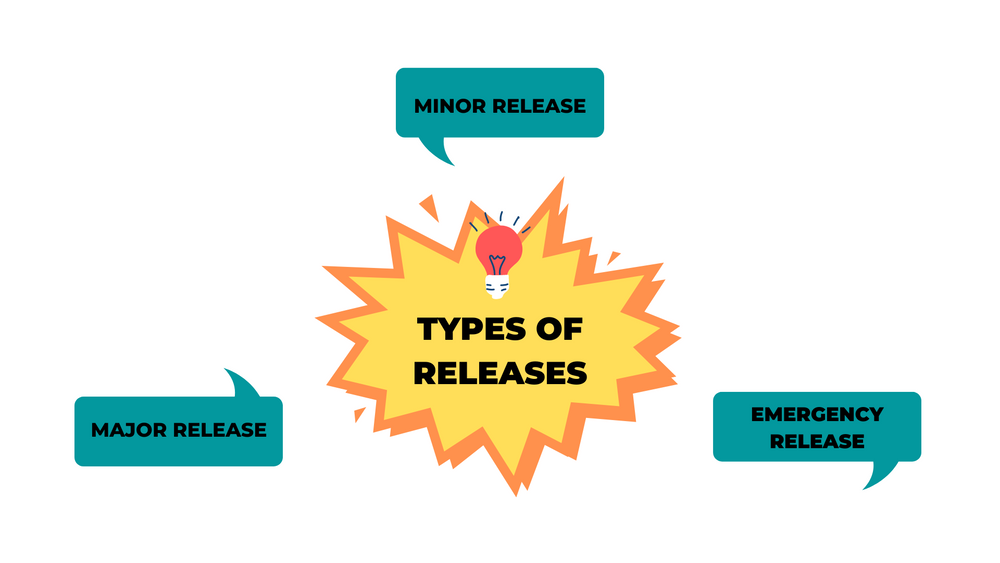
"Emergency Release are usually not part of the release plan or schedule hence the change management has to deal with it on a priority basis".
Strategic Planning
Release Schedule
The release manager is responsible to own and maintain the annual release schedule. The Release schedule is published based on the release cycles which are maintained. The backlog of all the releases is usually given to the strategic planning team and the application management team.

The release schedule will be broken into multiple cycles. The main reason for breaking the release schedule is to reduce the disruption of SAP system processes due to the releases.
"All the involved stakeholders will be duly intimated on the release windows."

The release scheduled will be published with respect to the plan of end-user testing and training. It is very essential that the business and IT have a common stand for the release schedule. The understanding of the implications of the release schedule on the same is equally necessary. During any release schedule is strategized, it is important to know that the business might need to be open and plan for the entire system outrage during the release window. While a system undergoes a release window, the release schedule may restrict the usage of the system.
Release Plan
The Release Plan is a thorough timetable of releases. Within each release, the Release Plan would establish the dates for Vital Activities and key cutoff dates. Overall, we recommend using the active methodology for doing releases because it allows for a phased approach across the whole calendar. Each stage of the activation would aid in better planning the release. Furthermore, the Activate-based release plan is only appropriate for big releases. There are certain important components to be included in a release plan, which are known as milestones.
1. Release Scope
2. Sprint Planning
3. Unit Testing
4. End-user testing
5. Regressing testing
6. Release cut-over
Release Plan & Milestones
Release Scope
The scope of the release would include the withholding of the changes to be examined. The recommended scope of the release would need to be reviewed and approved. The Deliverables during the freezing/withholding of release scope would involve.
1. Release Scope Document
2. Release Backlog
3. Scope List Definitions
4. Functional Specification documents
5. Master Data Requirement Specifications
6. Budget Approval
Sprint Planning
Depending on the release window, each release may have several sprint iterations. Each sprint would last no longer than two weeks. During this period, the general development activities take place.
1. Sprint Planning Document
2. Sprint Backlog
3. Technical Specification Documents
4. Unit Testing Scripts
5. Transport Request Backlog
End-User Testing
The End user Testing would be the critical step to the release and would involve extensive testing by the consultants and the business users. The end deliverables would include :
1. Unit test script results
2. End User Testing Results
3. End User Sign off Documents
4. End User Testing Scripts
5. End User Training documents
6. Issue Backlog
7. Knowledge Transfer document
Regression Testing & Cutover
The release team then plans for regression testing and the production cut-over once everything has been signed off. The length of the whole regression testing cycle is determined by the testing frequency and the overall release size. This is a critical step in the release's overall success, and it will involve nearly all of the stakeholders.
1. Regression scripts document
2. Regression results sign off
3. Training to End Users
4. Change Management
5. Quality Gate Approval
6. Migration of Transports
Roles involved in SAP releases
To adhere to a release schedule and plan in change management. Process, People, and Tools all play a role in the success of SAP Change and Releases. Let us focus on the major roles involved in an SAP release around which the change management happens. These roles are responsible for maintaining and deploying the release schedule and release plan.

Release Manager
The purpose of a release manager will be to plan, manage, govern, and coordinate all changes to the production environment. The release manager would be responsible for the successful completion of the release management activities. The major responsibilities which lie with a Release Manager are :
- Planning
- Execution
- Governance
The Key Activities of a Release Manager are:
- Sanity Check on Production System.
- Responsibility of Change Approval Board.
- Holding IT & Business together.
- In-charge of Release Scope & Release Schedule.
- Coordinating development & Testing.
Operations Manager
A Release manager would be assisted by the Operations Manager/project manager in terms of playing the Scrum Master and Workload management activities. The major responsibilities which lies with an Operations Manager are :
- Governance
- Scrum Master
The key activities of an Operational Manager are :
- Managing Sprint Cycles.
- Managing Workload.
- Documenting functional requirements.
- Process Updates & Status Updates.
- Risk register maintenance.
| The Key Activities |
| For Release Manager | For Operational Manager |
| Sanity Check on Production System | Managing Sprint Cycles |
| Responsibility of Change Approval Board | Managing Workload |
| Holding IT & Business together | Documenting functional requirements |
| In-charge of Release Scope & Release Schedule | Process Updates & Status Updates |
| Coordinating development & Testing | Risk register maintenance |
KTern's Role in Change Management
Digital Mines - Autonomous Enterprise Release Impact
KTern helps in maintaining the release schedule and release plan at one unified workspace for change management. Even while end-user testing or training scenarios, KTern.AI helps in providing an artificial intelligence-enabled release management platform that helps in automated analysis of the change impact.
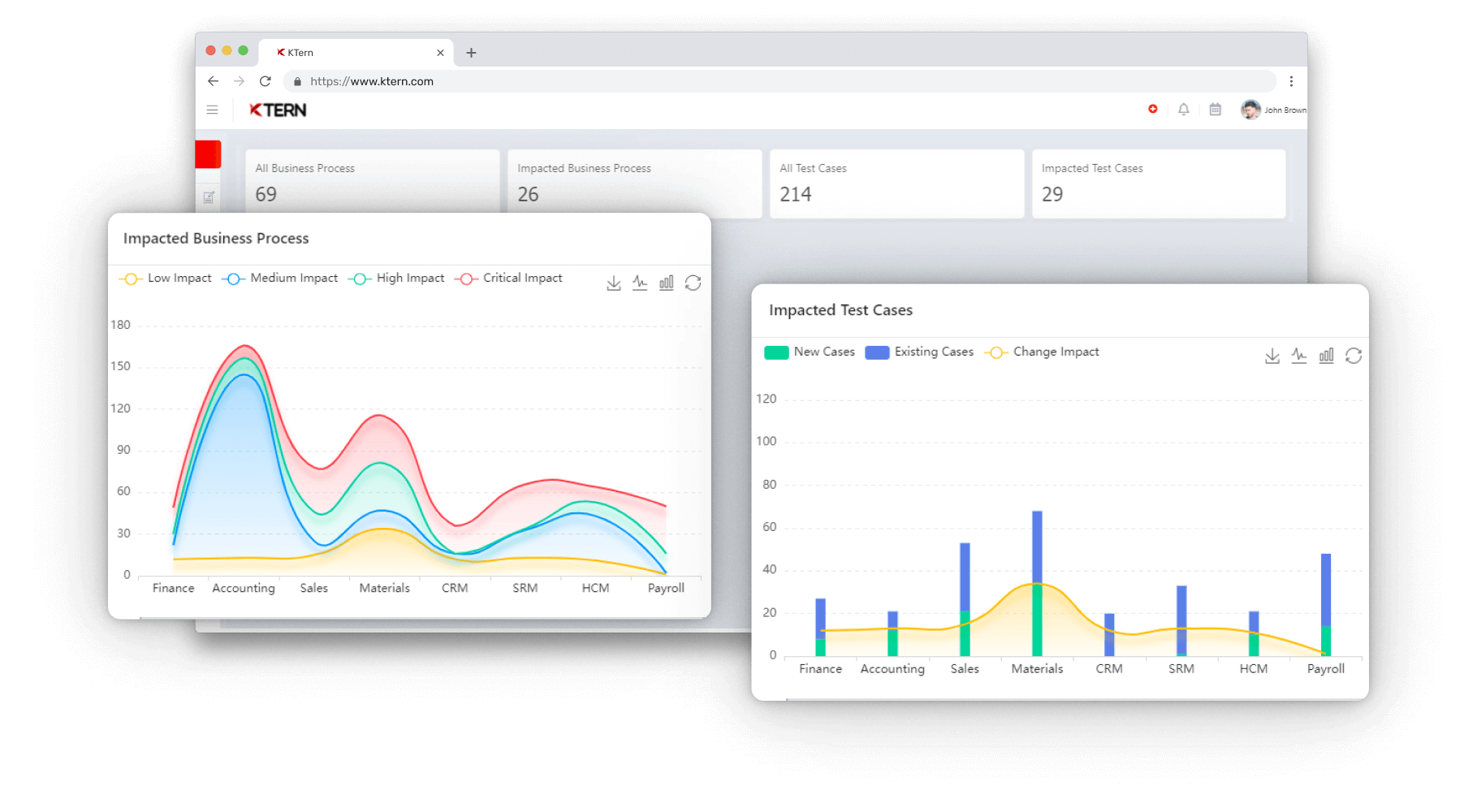
KTern's Digital Mines analysis
- Impacted Business Processes in Relation to Total Business Processes
- Impacted Test Cases Compared to Total Test Cases
- Major Stakeholders Affected
- Impacted Process Step Heat Maps
Next Steps
To summarize the Change Management or Release Management strategy and planning is important to support the SAP system and the business processes related during any release.
Hence, to make this easier we have developed a Change Impact Mining platform that could help make releases much faster and smoother. Get started with us at Demo or reach out to us through Contact Us.

